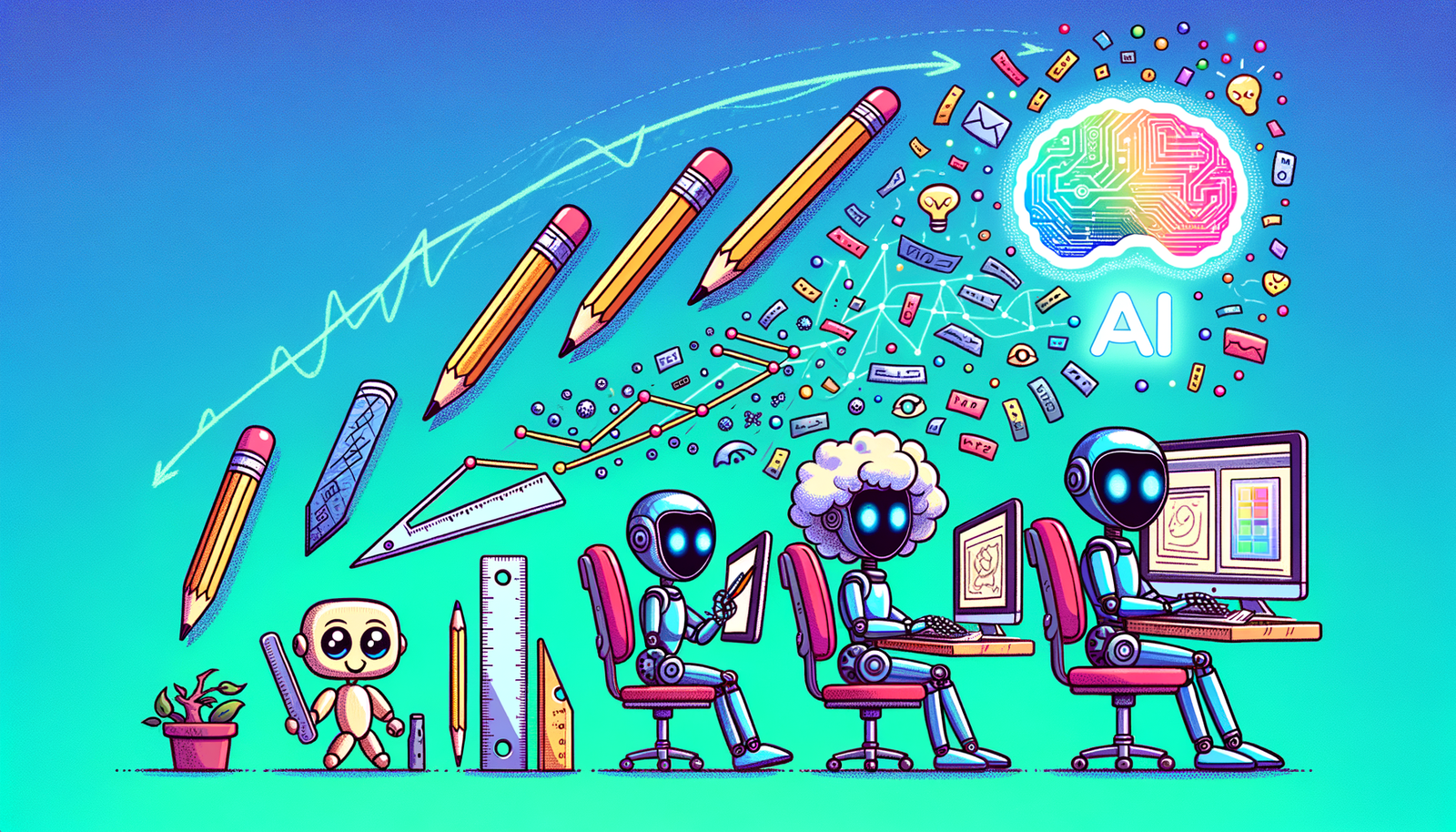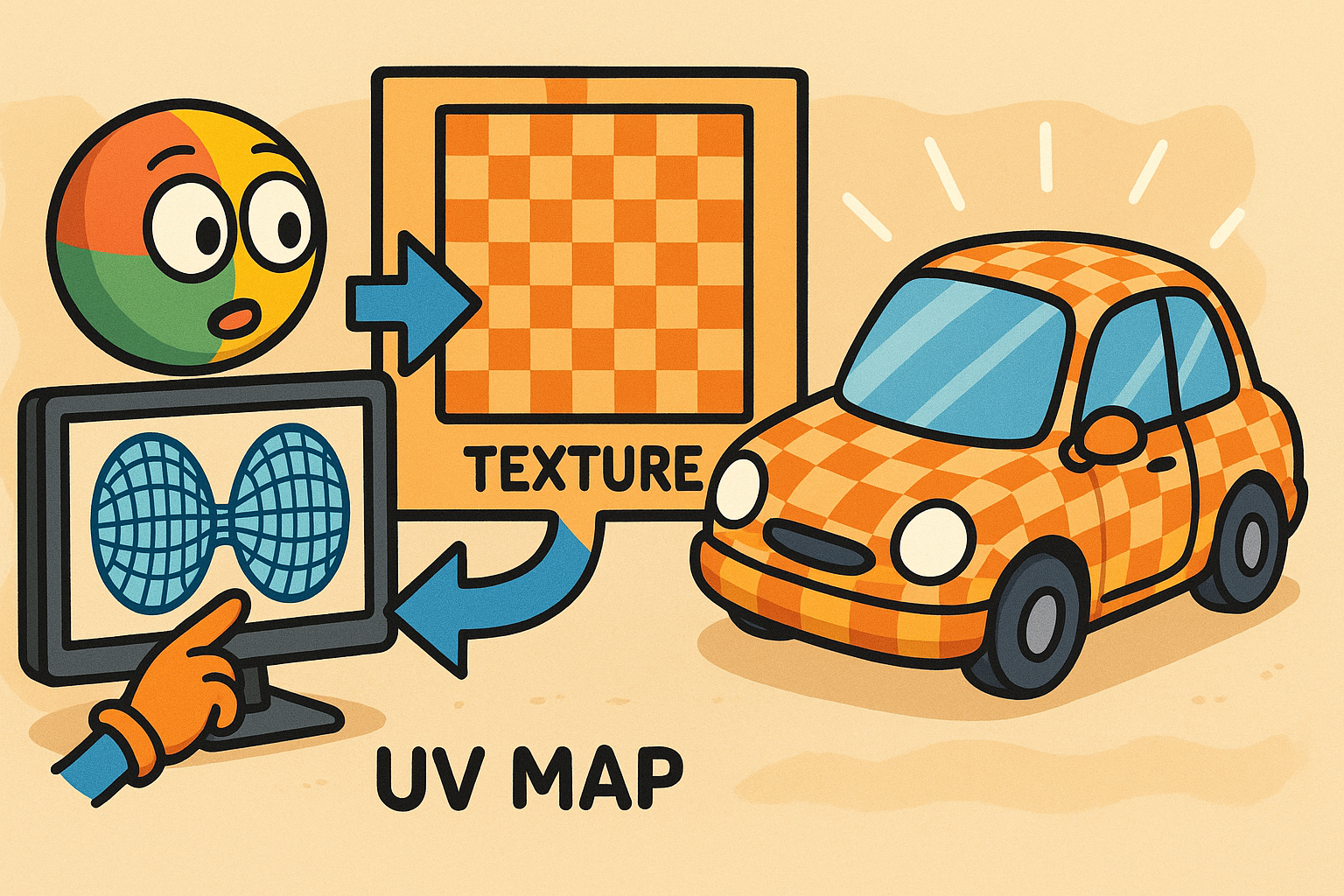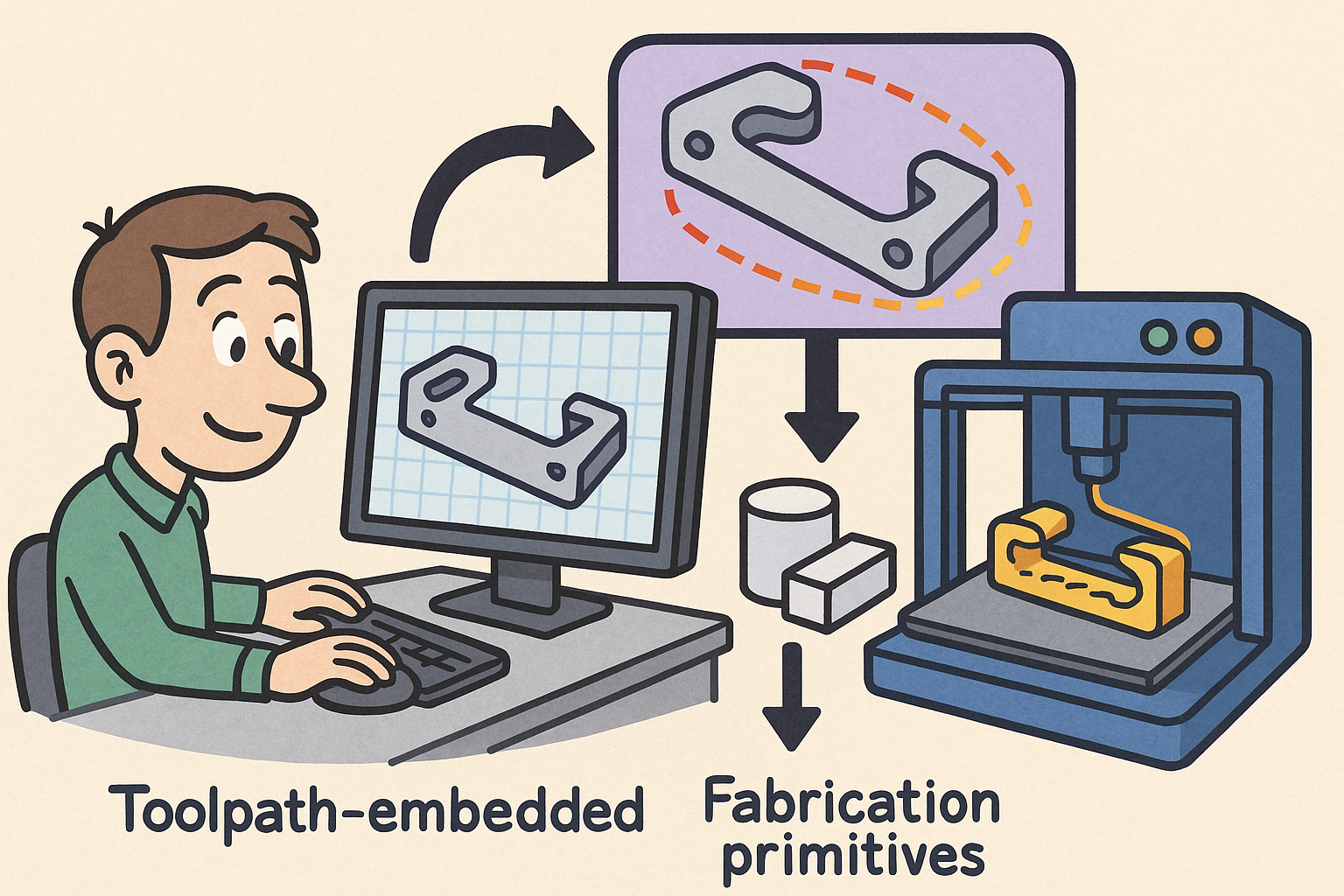Your Cart is Empty
Customer Testimonials
-
"Great customer service. The folks at Novedge were super helpful in navigating a somewhat complicated order including software upgrades and serial numbers in various stages of inactivity. They were friendly and helpful throughout the process.."
Ruben Ruckmark
"Quick & very helpful. We have been using Novedge for years and are very happy with their quick service when we need to make a purchase and excellent support resolving any issues."
Will Woodson
"Scott is the best. He reminds me about subscriptions dates, guides me in the correct direction for updates. He always responds promptly to me. He is literally the reason I continue to work with Novedge and will do so in the future."
Edward Mchugh
"Calvin Lok is “the man”. After my purchase of Sketchup 2021, he called me and provided step-by-step instructions to ease me through difficulties I was having with the setup of my new software."
Mike Borzage
Design Software History: Edge AI in Design Software: Historical Evolution and Technological Advancements
June 10, 2024 3 min read


Introduction to Edge AI in Design Software
The integration of Edge AI into design software represents a significant leap in computational capabilities and real-time processing. Edge AI refers to the deployment of artificial intelligence algorithms on devices at the edge of the network, closer to where data is generated. This contrasts with traditional AI, which processes data in centralized cloud environments.
By processing data at the edge of the network, Edge AI minimizes latency, enhances privacy, and reduces bandwidth usage, making it ideal for real-time applications. In the context of design software, these benefits translate into faster rendering times, more responsive user interfaces, and the ability to process complex simulations and models locally.
Pioneering companies in the design software industry have already begun to harness the power of Edge AI. Early applications range from real-time architectural visualization to on-the-fly product customization. These advancements not only streamline design processes but also open up new possibilities for innovation and creativity.
Historical Context and Technological Evolution
The integration of AI into design software has been an evolving journey marked by significant milestones and contributions from key figures and companies. In the early stages, AI in design software was primarily focused on automating repetitive tasks and enhancing design accuracy. Notable contributions came from companies like Autodesk and Dassault Systèmes, which began experimenting with AI-driven functionalities in their CAD software.
The shift from centralized AI to Edge computing marked a pivotal moment in this evolution. This transition was driven by advancements in hardware technologies, such as the development of more powerful and energy-efficient GPUs and TPUs. The proliferation of IoT devices also played a crucial role, providing the necessary infrastructure for Edge AI deployment.
Historical examples of the first uses of Edge AI in design software include real-time architectural walkthroughs enabled by on-device AI processing. These early implementations demonstrated the potential of Edge AI to transform design workflows, albeit with initial challenges related to computational limits and integration complexities.
Core Technologies and Mathematical Models
The successful deployment of Edge AI in design software relies on a robust technological infrastructure. Key hardware technologies include GPUs, TPUs, and specialized AI chips designed for edge computing. These components provide the necessary computational power to handle complex AI algorithms on-device.
Several software frameworks and platforms facilitate the development and deployment of Edge AI solutions. Frameworks like TensorFlow Lite and ONNX offer tools and libraries optimized for edge devices, enabling developers to create efficient AI models tailored to specific design applications.
Edge AI employs a variety of mathematical models, including neural networks, reinforcement learning, and decision trees. These models are adapted to meet the unique demands of design software, such as high accuracy in rendering and real-time responsiveness. Innovations in these models have led to significant improvements in performance, particularly in tasks requiring real-time processing.
Real-time processing capabilities are one of the most significant enhancements brought by Edge AI. For example, designers can now manipulate 3D models and see immediate visual feedback, thanks to the low-latency processing of edge devices. Performance metrics in such tasks often show dramatic improvements in rendering times and user interaction smoothness.
Future Prospects and Industry Impact
The future of Edge AI in design software is poised to be transformative, with several technological advancements on the horizon. Innovations in hardware, such as more advanced AI chips and enhanced connectivity technologies, are expected to further boost the capabilities of Edge AI. In design fields like architecture, product design, and animation, emerging applications could include more immersive and interactive design experiences.
Edge AI is also reshaping the competitive landscape of the design software industry. Leading companies like Autodesk, Dassault Systèmes, and PTC are investing heavily in Edge AI technologies to stay ahead in the market. These companies are leveraging Edge AI to offer more powerful and flexible design tools, thereby attracting a broader user base and driving innovation.
However, the integration of Edge AI is not without challenges. Technical issues such as data privacy, computational limits, and the potential for bias in AI models need to be addressed. Strategies to overcome these challenges include developing more efficient algorithms, enhancing security protocols, and ensuring transparency in AI decision-making processes.
By addressing these challenges, the design software industry can fully harness the potential of Edge AI, leading to more advanced and user-friendly design solutions.
Also in Design News

Rhino 3D Tip: Validate Curvature and Surface Fairness in Rhino
December 15, 2025 2 min read
Read More
Design Software History: UV Mapping and Texture Pipelines: From Parameter Spaces to Product Visualization
December 15, 2025 11 min read
Read More
Path-First Modeling: Embedding Toolpath-Aware Constraints and Fabrication Primitives into CAD Kernels
December 15, 2025 13 min read
Read MoreSubscribe
Sign up to get the latest on sales, new releases and more …


